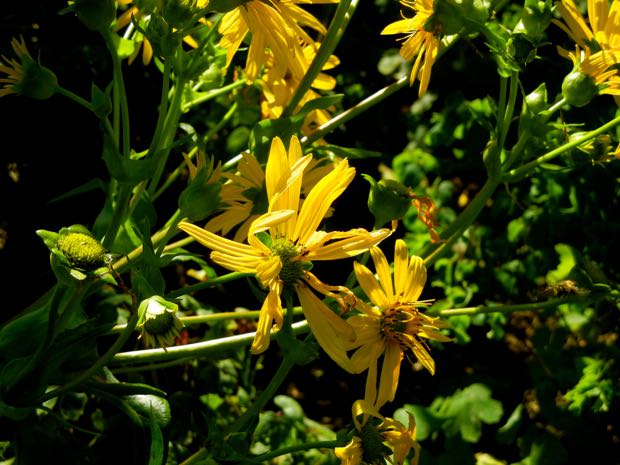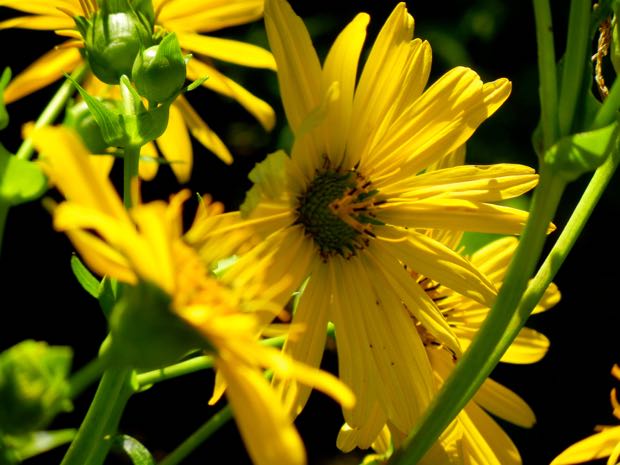Arnica mollis: Embrace the Soft Beauty of Hairy Arnica
Discovering the Soft Arnica
Arnica mollis, commonly known as Soft Arnica or Hairy Arnica, derives its name from the Greek word “arni,” meaning “lamb,” and “mollis,” which signifies “soft.” This reference alludes to the plant’s distinctively hairy nature. Native to North America, particularly Canada, and the United States (including Alaska), as well as mountainous regions in California and New Mexico, Arnica mollis captivates with its unique characteristics.
A Perennial Marvel
Belonging to the Asteraceae family, Arnica mollis is a resilient perennial that graces its surroundings with grace and beauty. Its stems and leaves are covered in fine hairs, giving them a glandular and sticky texture. While it seldom branches, this plant boasts several erect stems and lanceolate, opposite leaves.
Dazzling Daisy-Like Blooms
The flowers of Arnica mollis resemble cheerful daisies, boasting bright yellow petals surrounding a central yellow disk. Their vibrant colors and delicate form add a touch of radiance to any landscape. The leaves of this species are sessile and narrow, contributing to its overall elegance.
Unveiling the Botanical Legacy
The botanical exploration of Arnica mollis traces back to Thomas Drummond, who collected specimens in Canada in 1820. Later, the renowned English botanist and botanical illustrator William Jackson Hooker (1785-1865) published these findings in “Flora Boreali Americana” in 1834. Through their dedication and contributions, the world gained a deeper understanding of this captivating plant.
Thriving Characteristics
Arnica mollis can reach heights ranging from 6 to 24 inches or 15 to 60 centimeters. Its flowering period spans from June through September, allowing for an extended season of visual delight.
Cultivating Arnica mollis: A Guide
To cultivate Arnica mollis, select a location that receives ample sunlight or partial shade. Plant it in well-drained sandy loamy soil with a slightly alkaline pH. Propagation can be achieved through seeds, which usually take about a month to germinate. It is essential to keep the soil consistently moist during the germination process. Alternatively, you can propagate this species through cuttings or divisions during the spring season. Once established, Arnica mollis requires minimal maintenance. However, ensure the soil remains adequately moist, as it is not drought-tolerant but can suffer if overwatered. To prolong the flowering season, deadhead the spent blooms, allowing for continuous bursts of floral splendor.
Embrace the Enchanting Hairy Arnica
Arnica mollis, with its soft appearance and charming yellow blooms, offers a delightful addition to gardens and landscapes. By cultivating this exquisite perennial, you invite a touch of natural elegance and beauty into your surroundings. Embrace the enchantment of Arnica mollis and witness its captivating presence enhance the tapestry of your outdoor space.





